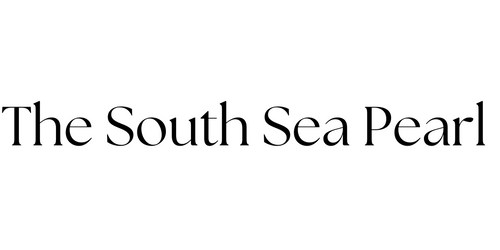When it comes to gemstones and pearls, few hold the same remarkable allure and cultural significance as tahitian pearls. Known for their unique beauty and rich hues, these pearls have captured the hearts and imaginations of various cultures around the globe. Understanding their symbolism can deepen our appreciation of these marvelous gems. In this article, we will explore the multifaceted meanings associated with tahitian pearls in different cultures, shedding light on their historical importance, aesthetic characteristics, and the emotional connections they instill.
The South Sea Pearl Blog
-
September 26, 2025
-
September 25, 2025
Crafting Elegance: Custom Jewelry with Tahitian Pearls
Tahitian pearls are one of nature's most exquisite treasures, celebrated for their unique luster, striking colors, and exceptional quality. Often referred to as black pearls due to their dark hues, these gems can add a unique flair to custom jewelry designs. Their rich, vibrant tones and exceptional iridescence make them a favorite among jewelers and jewelry enthusiasts. In this article, we will explore the enchanting world of Tahitian pearls and how they can elevate your custom jewelry designs.
-
September 24, 2025
The Role of Tahitian Pearls in Island Economies
Tahitian pearls, often celebrated for their unique colors and exceptional quality, are more than just stunning jewelry pieces; they are a vital engine of economic growth for the islands of French Polynesia. The vibrant industries surrounding the cultivation and sale of black tahitian pearls have significant implications, creating jobs, fostering sustainable practices, and enhancing the livelihoods of countless local families. In this article, we'll explore the profound impact of tahitian pearls on expanding island economies, highlighting their importance while showcasing how they contribute to sustainable development and eco-tourism.
-
September 23, 2025
Spotting Imitation Tahitian Pearls Like a Pro
If you’re a lover of exquisite jewelry, chances are you’ve come across stunning Tahitian black pearls. Renowned for their unique colors and luster, these gems can sometimes be imitated, leading to potential confusion for consumers. This guide will help you discern the genuine from the fake, ensuring your precious purchases maintain their value and authenticity.




